Concrete is a hot material right now in all aspects of architecture and home design. While it once was expected and appropriate to cover the concrete foundation of one’s home with some “suitable” flooring material, those days are gone.
Polished concrete floors are chic and sophisticated and are often considered the prime flooring surface for a modern design home.

Whether you’re already convinced polished concrete is the way to go for your home’s floors, or you’re intrigued by the idea but are looking into the matter more, we hope you will find information and answers in this in-depth guide to all polished concrete flooring-related matters. Or at least some of them. Polished concrete floors certainly have a lot to offer, both in form and function.
WHAT IS POLISHED CONCRETE FLOORING?
Polished concrete flooring is simply a concrete floor that has been treated with a chemical densifier (to fill in the holes/pores) and ground down (similar to sanding wood) with progressively finer grinding tools. As the number of grit increases, so does its fineness; that is, a polished concrete floor that works its way to a higher finish (over 400 grit, for example, is considered the bare minimum of being polished, although other polished grits range from 800 on up to 3,000) will be smoother than one with a lower finish.

Basically, polished concrete flooring is measured by grade and finish – the higher the grade, the larger the exposed aggregates tend to be. And the higher the finish, the shinier the polish is.
WHAT’S THE APPEAL OF POLISHED CONCRETE FLOORS?
Green Flooring Solution.
Polished concrete floors fall under the much-sought-after category of sustainable design because of its ability to use what is already there (e.g., the concrete foundation slab). By polishing the exposed concrete, you eliminate both the materials and energy required in “putting in a floor” in the traditional sense.
Modern Flooring Aesthetic.
Concrete is a material that works nicely with modern architecture and aesthetic, due in large part to its minimalistic industrial vibe. A clean, straightforward surface like polished concrete would look well in any space that is veering toward a modern feel.
WHAT ARE THE BENEFITS OF POLISHED CONCRETE FLOORING?
Low Maintenance.
Really, it doesn’t get much more basic than concrete in architecture, and polished concrete flooring is no exception. Once polished and sealed, concrete doesn’t take much effort to maintain.
Easy to Clean.
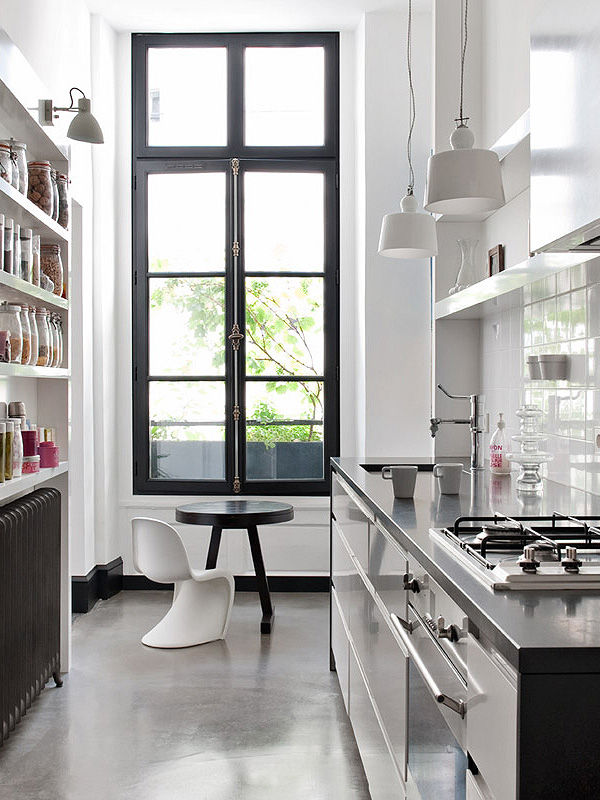
Simply mop with warm soapy water once a week to keep things clean. Or spot clean with a rag, if mopping seems too hard. Polished concrete flooring is very forgiving in the cleaning department. What’s more, this type of flooring is great for allergy sensitivities, as it reduces dust mites and allergens.
Durable.
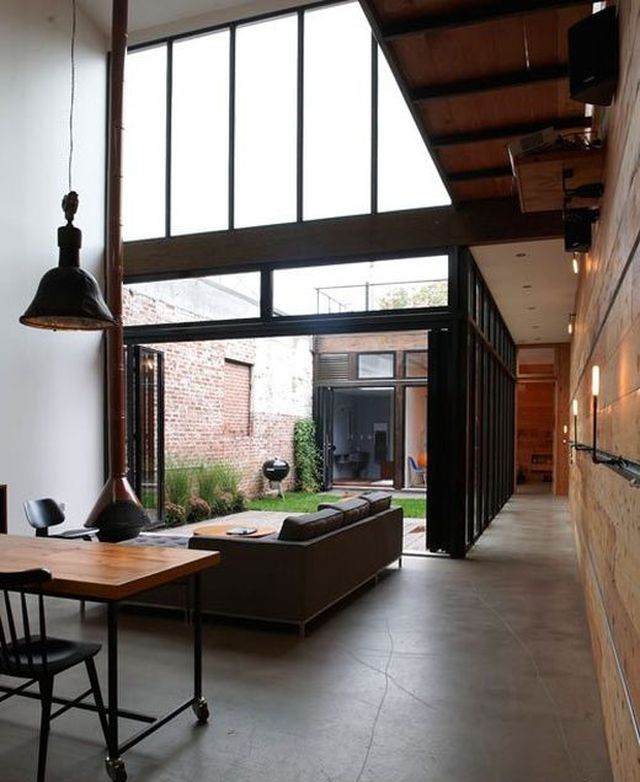
Polished concrete is hard-wearing and can maintain its pristine appearance for much longer than softer flooring surfaces such as hardwood, which chips or dents. After the concrete has been hardened and polished, the floor could last more than 100 years if maintained. Compare this to a tile floor’s life expectancy of 10-20 years, and that’s quite a difference.
Non-Slippery.

Despite the fact that they may look smooth as glass, polished concrete floors actually are less slippery than waxed linoleum or polished marble…as long as they’re kept clean and dry.
Not Vulnerable to Moisture-Related Damage.
Any damage related to humidity or caused by moisture is a moot point for polished concrete floors. What’s more, this type of floor cannot even harbor mold, mildew, dust mites, or other allergens.
HOW CAN POLISHED CONCRETE BE CUSTOMIZED?
Stains & Dyes.
Sometimes standard-grade grey concrete, however polished it might be, just isn’t the right fit for a space. The good news is, concrete in any form (even that of flooring) can be stained or dyed to work into any design or color palette. Stains and dyes can not only alter the color of the concrete itself, but they will inevitably enhance the polished look and feel of the concrete itself.
Scores, Radial Lines, or Other Designs.

Polished concrete flooring can be scored, lined, or gridded. The beauty of concrete is, when it’s wet, the surface is a blank slate and can be worked into nearly any shape, design, or pattern. This is useful in customizing the look to make it fit the space better – for example, to provide geometry to the floor in a space where such an addition makes all the difference in style.
Borders.
As with concrete elsewhere in architecture, polished concrete flooring can be enhanced by the appropriate usage of borders. This adds a finishing touch and is a sophisticated detail that carries with it its own inherent sense of style.
RETROFIT vs. NEW POLISHED CONCRETE FLOORING – WHICH ONE?
Polished concrete floors can certainly be retrofitted, although new floors require less work and are therefore less expensive. The method used for retrofitting a polished concrete floor is either to (a) cut or sand the existing floor slab to be hardened and polished, or (b) apply a topping slab of polished concrete flooring, at least 50 mm thick, over the existing slab.
New polished concrete flooring provides some options, including the inclusion of decorative aggregates (such as riverstone, granite, or black basalt mix) within the concrete itself. What’s more, during the finishing phase, any decorate aggregates can be placed into the surface (think seashells, glass or porcelain chips, or even pieces of metal). Knowing this in advance is helpful for ending up with a polished concrete floor you truly love.
HOW DOES POLISHED CONCRETE FLOORING COMPARE IN COST TO OTHER FLOORING TYPES?
As with anything, the costs of polished concrete flooring are directly linked to the complexity of the project, whether it’s a new floor or not, and how much customization you’re after. In general, however, polished concrete flooring is one of the most cost-effective flooring options, on average similar to (slightly less than) vinyl or linoleum or wall-to-wall carpet. It is less expensive (on average, half to one-third less) than hardwood or ceramic tile flooring, and it’s of course much less expensive than natural stone flooring.
HOW DO I STYLE MY POLISHED CONCRETE FLOORING?
Soften with a rug.
While very hip and minimalistic, a massive expanse of shiny concrete on the floor could come across as overwhelmingly cold, harsh, or sterile. Soften the look or break up the expanse just a bit with a plush rug.
Contrast light and dark on walls and polished concrete.

This modern contrast – either white polished concrete flooring with dark walls or dark concrete with white walls – adds a crisp, smart aesthetic to the entire space.
Balance with natural materials.
by Susan Teare
By its very nature, concrete is highly industrial. Provide some balance in your polished concrete floored space with some warmer elements, such as wood or (faux) animal skins.
Embrace the rawness that is industrial style.
Photo by James Fennell/The Interior Archive
What You Should Know About Concrete Floors in a House
Here are some helpful points to consider if you’re thinking about installing concrete floors.
How to Stain Concrete Floors
Step One: Choose Your Stain Type
You have two options. Acid-based and water-based. If you’re dealing with brand new unfinished floors, go with acid-based. Water-based concrete stain is often reserved for floors that have stains (soiled like grease and oil) or have already been previously sealed.
Step Two: Prep Surface
Clear out the space and make sure there’s no debris.
Step Three: Sanding
Sand the surface of the concrete to open the pores.
Step Four: Clean
Using a shop vac or a good vacuum, clean up all the dust from sanding.
Step Five: Protect Your Walls
Get some plastic tarps or sheeting and cover your walls to save them from the concrete stain.
Step Six: Apply Stain
Using a paint sprayer, apply the acid-based stain as evenly as possible.
Step Seven: Apply Sealer
Once the stain is dry, wipe away any excess and then apply your sealer the same way.
Types of Concrete Floors
- Exterior Stained Concrete
- Interior Stained Concrete
- Metallic Epoxy
- Overlays
- Garage Floors
- Quartz Flooring
- Epoxy Chip Flooring
- Standard Epoxy
- Polished Concrete
Concrete Floor Sealer
This is different than the stain itself and is added after you’ve applied and allowed your concrete stain to dry. The concrete sealer acts as a top layer of protection that closes all the pores and gives the surface a nice sheen.
You apply concrete sealer the same way you apply the stain; with a sprayer. Especially for large areas. For smaller areas of less than 10 cubic feet, you can usually manage to apply everything by brush.
Bottom Line
Polished concrete flooring is a couple step away from being a warehouse floor. Embrace this fact, and go all-in with the raw, exposed, unfinished aesthetic of your space.
The post An In-Depth Guide To Polished Concrete Floors appeared first on Home Decorating Trends - Homedit.









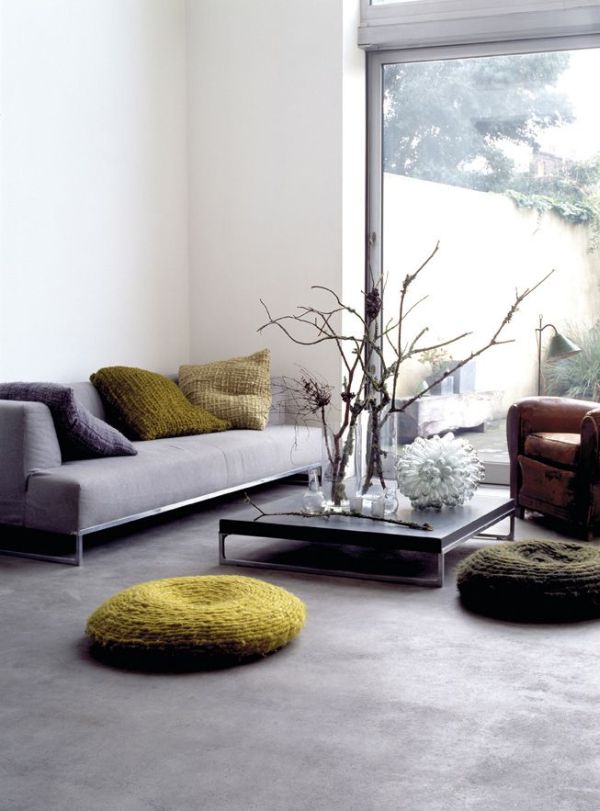
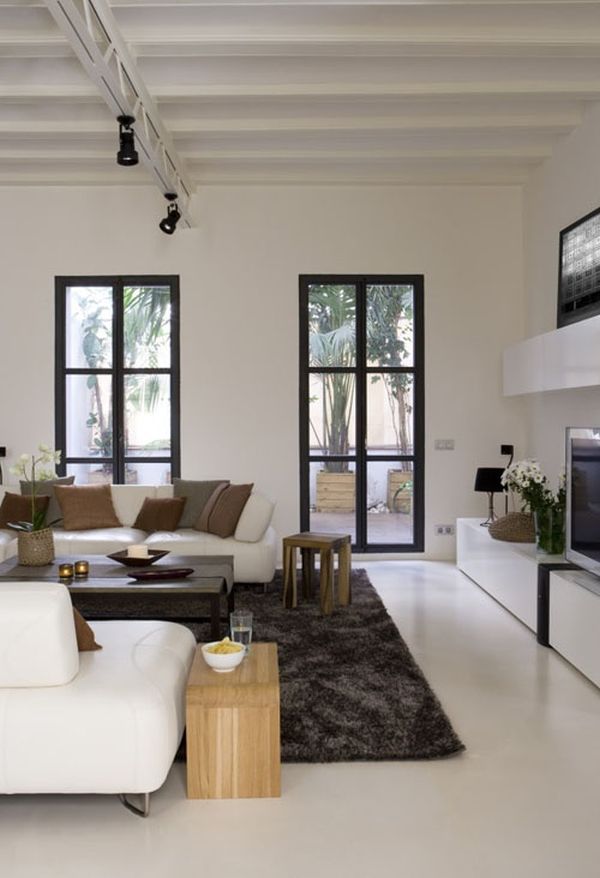


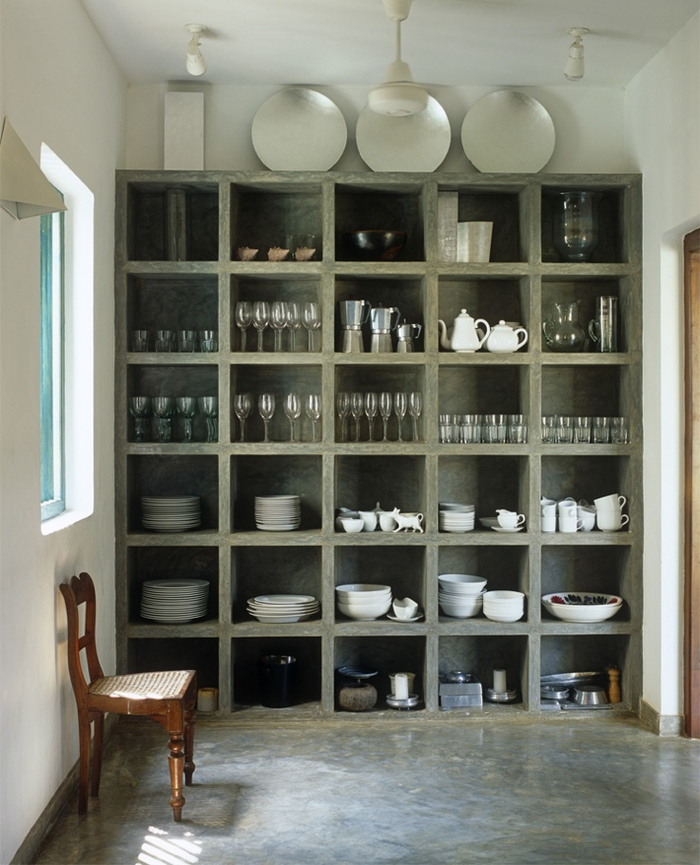
0 Commentaires